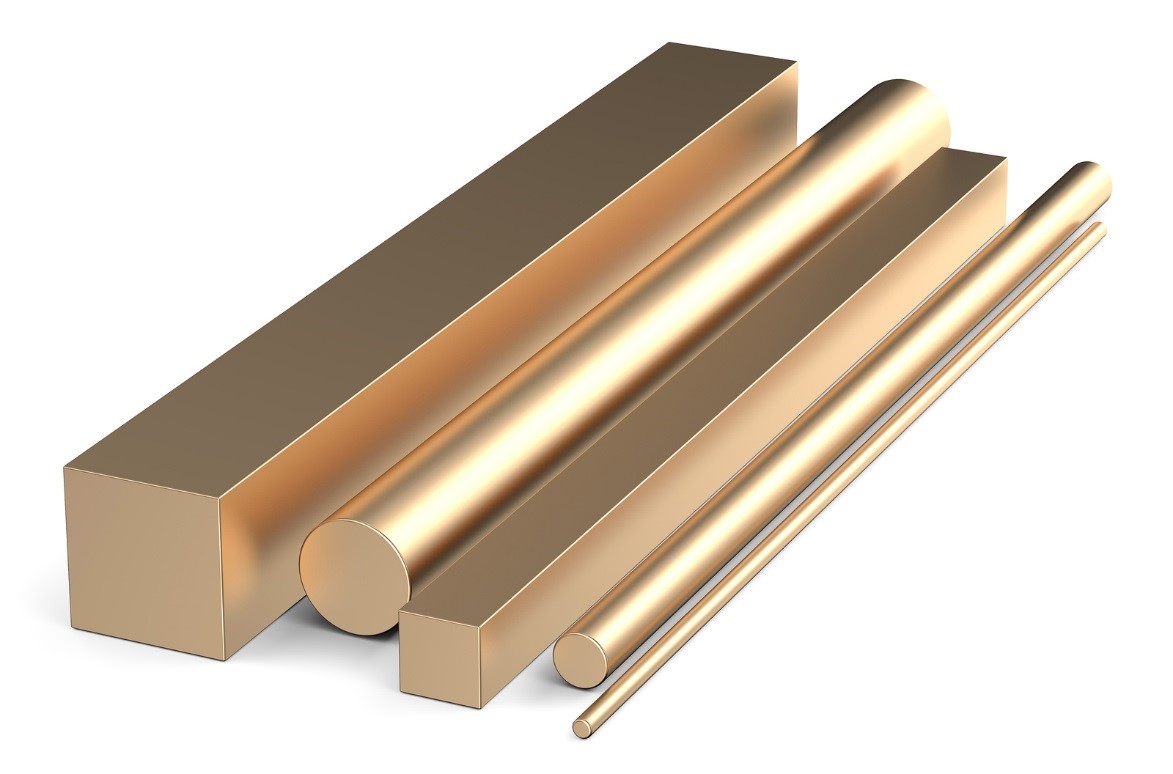The use of metals for manufacturing musical instruments, particularly cymbals, dates back 3,000 B.C. Cymbals are among the first musical instruments that have been depicted in many ancient paintings and sculptures. Cymbals have been manufactured using bronze since then.
For an artisan who creates musical instruments, there is something special about creating a classic piece with a modern twist. Manufacturers and suppliers choose bronze materials in their instruments due to its many good properties.
The History of Cymbals
The origins of cymbals is unknown, though it is believed they were originally used to create a loud noise to scare opponents in battle. Even in modern society, a cymbal crash is used to create a dramatic musical effect, and in this way the function hasn’t changed too much.
Cymbals have become smaller as time passed, and the ideal thickness and diameter of a piece has tremendously changed as its purpose expanded. In general, the smaller a cymbal is, the more tighter and more high pitched the sound will be.
Why Use Bronze
Bronze has a number of excellent properties, which makes it suitable for making cymbals. It is an alloy of copper and tin, and generally a ratio of 80% copper and 20% tin produces the most beautiful sound. This is called B20, and a reputable supplier can help you source the ideal bronze composition for your instrument creation. The thickness of the metal also alters the sound a cymbal makes. A thicker piece of bronze will vibrate less when hit, which translates to a higher sound.
Bronze is durable and strong, which makes it perfect for repeated exposure to hitting and crashing. However, it’s also malleable, so can be bent into the desired shape easily.
How to Create Bronze Cymbals
Depending on your method of instrument creation, you could develop a cymbal using either moulds or manual methods. Choose bronze sheets if you plan to beat the instrument into shape, or consider bronze bars if you’re going to melt the material down into a mould. Your supplier of choice will be able to help you source either form of bronze.
However you choose to create your cymbals, know that you’re creating instruments with history and longevity when you use bronze material.
Sources:
5,000 Years In 3,000 Words Cymbal History, DrumMagazine.com
Bronze: Characteristics, Uses And Problems, GSA.gov


